Every season we like to pick one ingredient and find a variety of ways to love it and use it. You can find our complete ingredient archive here.
When Sarah and I were thinking about the long, dark, and cozy winter still ahead, we decided that tea would be the perfect ingredient to carry us through to spring. We’ve always been big tea fans, granted our tea selection can get a bit boring (Sarah has her favorite and I have mine), but we’re hoping that during our “winter of tea” we will learn more about teas, sample new varieties, and even discover new ways to incorporate tea into our lives through baking, cosmetics, and crafts. We’re also excited to use this selection as an excuse to spend more time in our local tea shops, maybe pop into Celestial Seasonings’ factory for another tour, and visit at least one tea house for a ceremony.
Today’s post is a brief introduction to tea, both the real McCoy and those herbal infusion imposters. We will touch upon differences between teas and tea’s long history, but we hope to come back to these and many other tea-related topics in future posts throughout the season.
Camilla sinensis
All true teas are made from the leaves of an evergreen shrub or tree, Camilla sinensis, that is native to Asia. There are two main varieties of Camilla sinensis : var. sinensis that is used to produce Chinese teas and var. assamica that is used to produce Indian teas.
The trees would grow to be over 50 feet tall if they weren’t kept pruned to approximately 3-4 feet to make harvesting the leaves easier. The plant is considered mature and ready for its first harvest after three years. Only the top 1-2 inches of new leaves are harvested for tea. The new growth is called a “flush”, and depending upon the climate, a plant may have multiple flushes and harvests a year.
Tea Varieties
True Teas
True teas are those that come from brewing the leaves from Camilla sinensis. Tea leaves can be processed in a range of ways to produce six distinct varieties of tea: white, yellow, green, oolong, black, and post-fermented. If you’ve ever sampled a green and black tea, it’s almost hard to believe that they are produced by the same plant, don’t you agree? The variation in tea types are mainly due to differences in how much wilting and oxidation occurs to the leaves.
When the tea leaves are left to wilt, they begin to lose moisture, and depending upon how long they are left to wilt, some oxidation may occur. The wilting process also provides time for some long chain proteins to begin to break down into shorter chain amino acids and for the concentration of freed caffeine to increase.
During the oxidation process, the leaf’s natural enzymes break down the chlrophyll molecules, releasing tannins in the process. Tannins give tea its bitter flavor. Adding milk to your tea will reduce the tea’s bitterness and teeth-staining power when the milk’s proteins bind to the tea’s tannins, but research has shown that this also reduces some of the tea’s health benefits.
Green teas, with no wilting or oxidation, are at one end of the processing spectrum. Black teas are on the other end of the spectrum, undergoing a wilting phase that reduces the leaves’ original water content by 30% and as well as completely oxidization. White, yellow, and oolong teas are between green and black in their level of processing. White is unoxidized with slight wilting. Yellow is officially considered unwilted and unoxidized, but turns yellow through non-enzymatic oxidation. Oolong tea is wilted and partially oxidized to a level somewhere between green and black teas.
Tea can retain odors when stored in close proximity. This characteristic is useful for adding flavors to traditional teas. For example, Earl Grey has a citrus aroma from the addition of bergamot. There are also teas scented with vanilla, mint, smoke, and other aromas.
Herbal Teas
All other teas that are not brewed from the leaves of Camilla sinensis are considered herbal teas that are made from the infusion of herbs, spices, and/or fruits into the water. For example, our lemongrass and mint iced tea is actually an iced herbal infusion. Other common herbal infusions include ones made from ginger, licorice, rooibos, and rose hip.
“If you are cold, tea will warm you;
if you are too heated, it will cool you;
if you are depressed, it will cheer you;
if you are excited, it will calm you.”
-William Ewart Gladstone
Tea Preparation
Each tea’s brewing instructions specify the proper water temperature and steeping time. Water temperatures can vary over 50F, from a low of 150F for white teas to a full boil for black teas. Likewise, steeping times are lower for the less processed teas and higher for the more processed teas. Something I never do is use my leaves for multiple infusions, but this is a common practice and for some teas, the later infusions are considered better tasting than the first.
We’re hoping to experiment with tea preparation and share our experiences in later posts.
History
Ancient Chinese texts suggest that tea may have been used as early as the 10th century BC (BC!), but the character for tea was not used until the 8th century BC, so there is some uncertainty as to whether the tea being consumed over that period is the tea we know today. Throughout tea’s history in China, there was much experimentation done on how to process the leaves.
The Europeans started shipping tea in the early 17th century, and for a long time it was considered a luxury good, mainly used by the upper class and for special events. The British tax on tea kept it expensive well into the 18th century, leading to massive smuggling efforts. Here is where I should mention the Boston Tea Party, which eventually led to the American Revolution, but I’m feeling a bit rusty on those historical events, so I’m hoping to brush up on my facts and save that for yet another post :).
Production
In 2013, global tea production was approximately 5.34 million tonnes. China and India produced over half of this amount at 3.14 million tonnes, and they were followed by Kenya, Sri Lanka, and Vietnam rounding out the top five.
When possible, it’s important to find out as much as you can about the tea you’re consuming. Studies have detected toxic pesticide residues on some Chinese and Indian teas. Meanwhile, there are many tea-producing regions, particularly throughout Africa that are dependent upon child labor for harvesting. Beyond that, throughout the world it’s common for workers are tea plantations to face below-average wages and harsh working conditions. Looking for organic and fair trade certification on tea boxes can help you avoid teas produced under unfavorable conditions in terms of both pesticide use and working conditions.
Fun Facts
- After water, tea is the second most consumed beverage in the world.
- With an average of 10 cups per day, Turkey has the highest per capita consumption.
- Over 80% of the tea consumed in the US is in the form of iced tea.
- The first tea bags were inadvertently invented in 1907 when silk bags were used to package tea. It wasn’t until after WWII that tea bags produced by the Tetley company became popular.
- It wasn’t until the 1980s until bottled iced teas were produced on an industrial scale.
Images : illustration, tea plantation


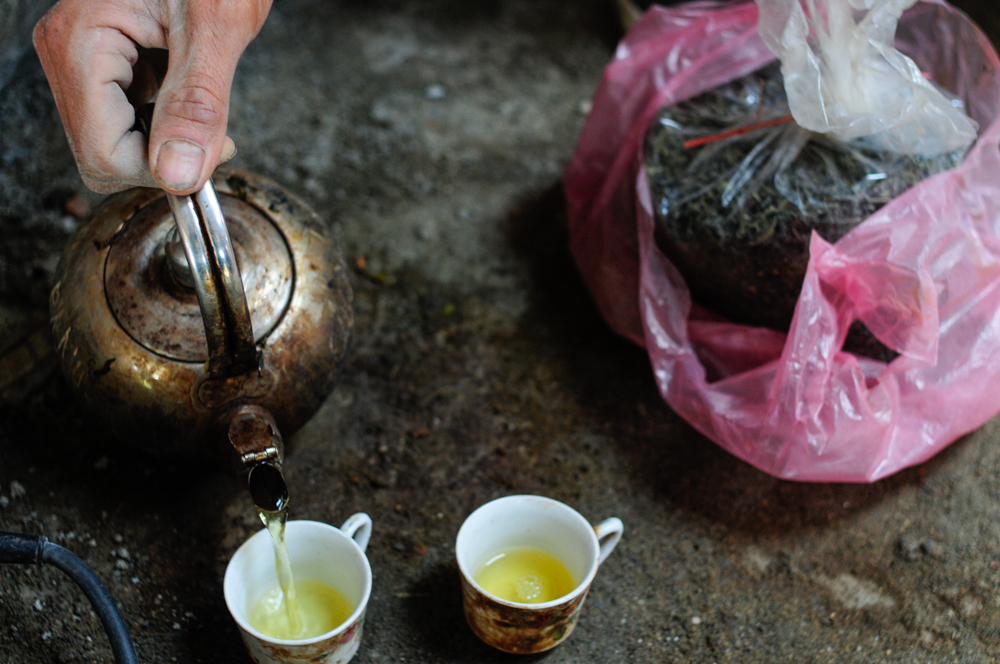
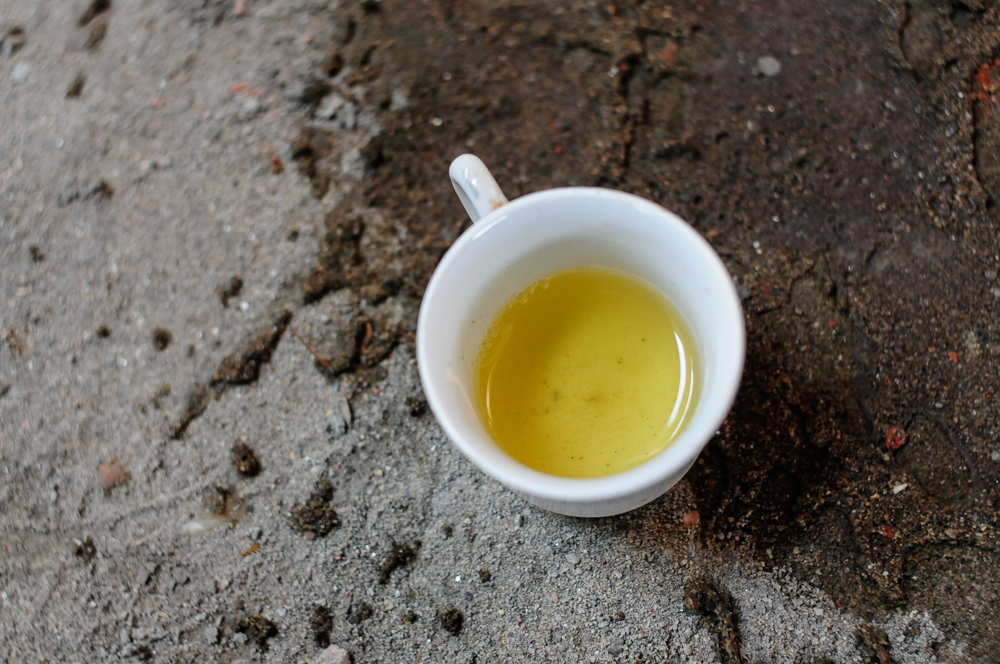
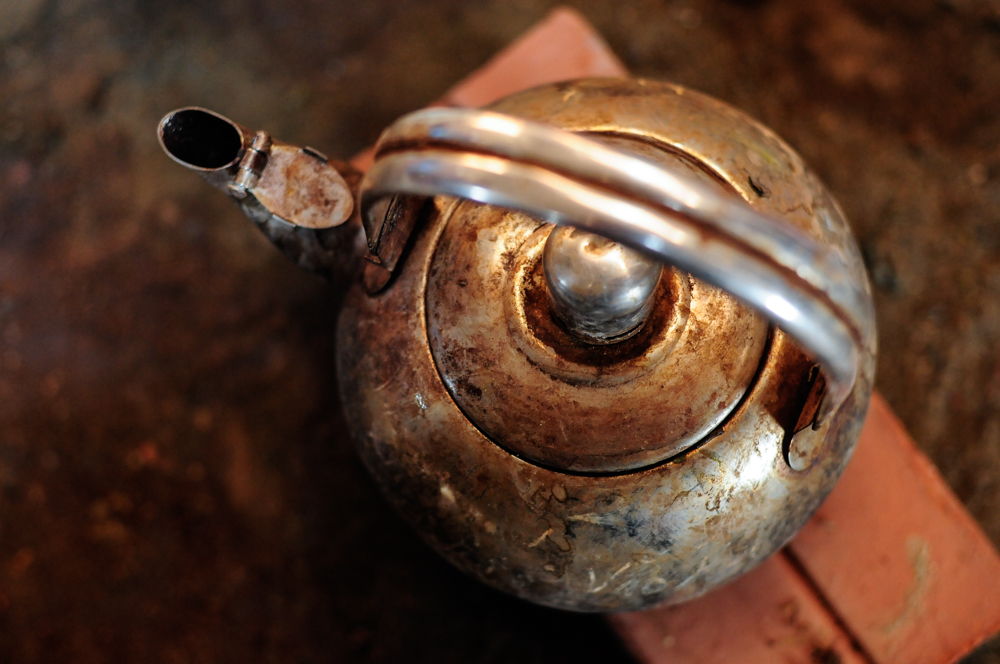
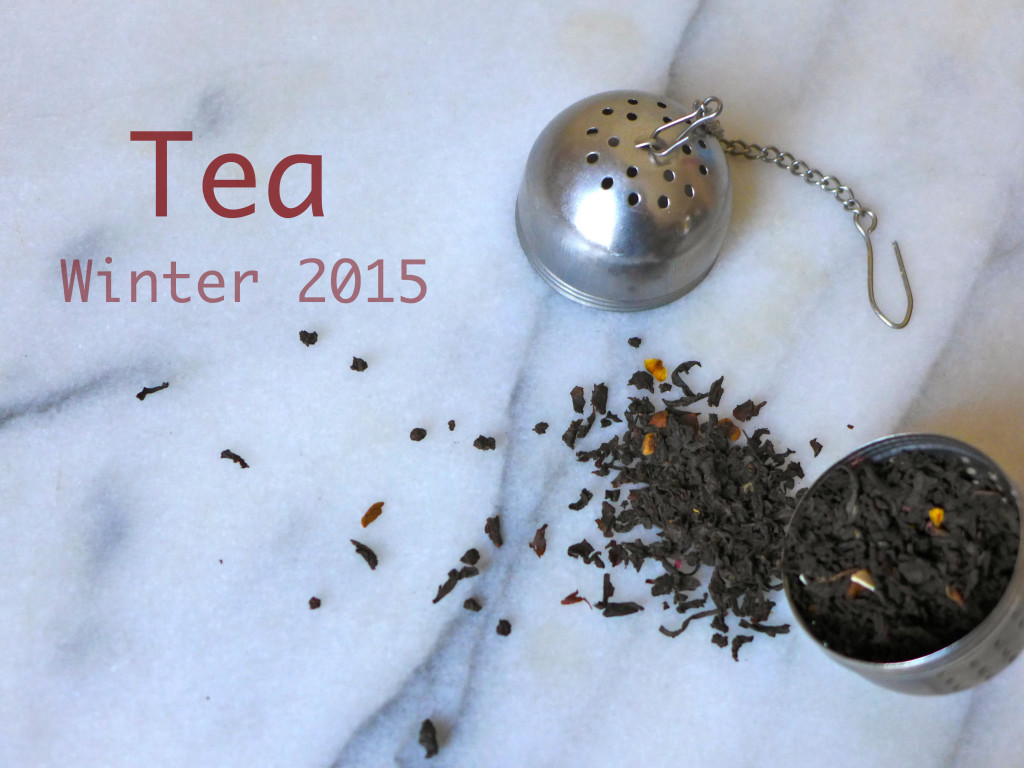

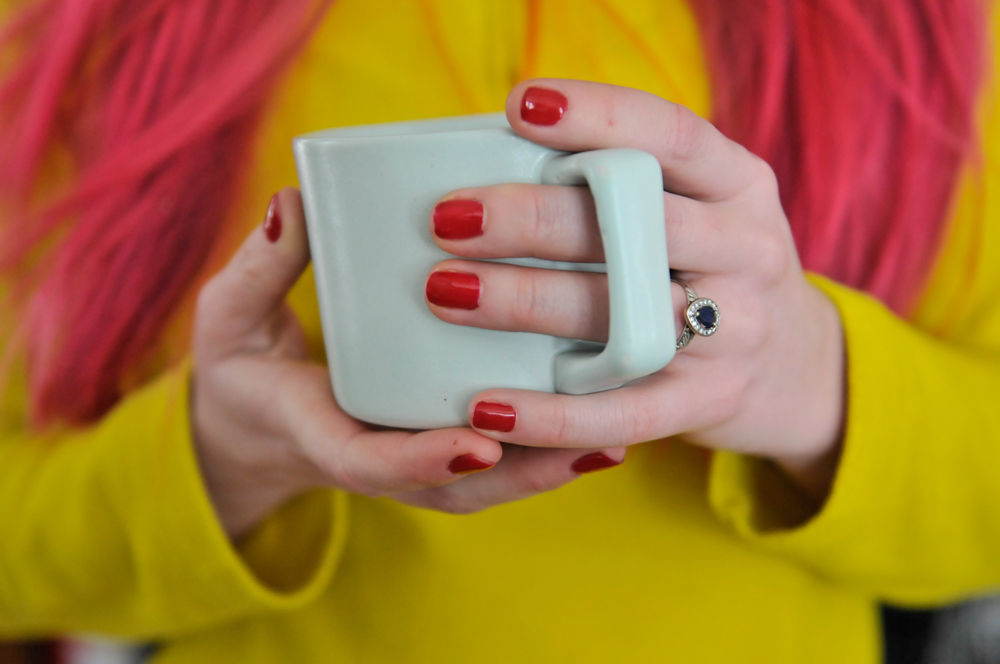

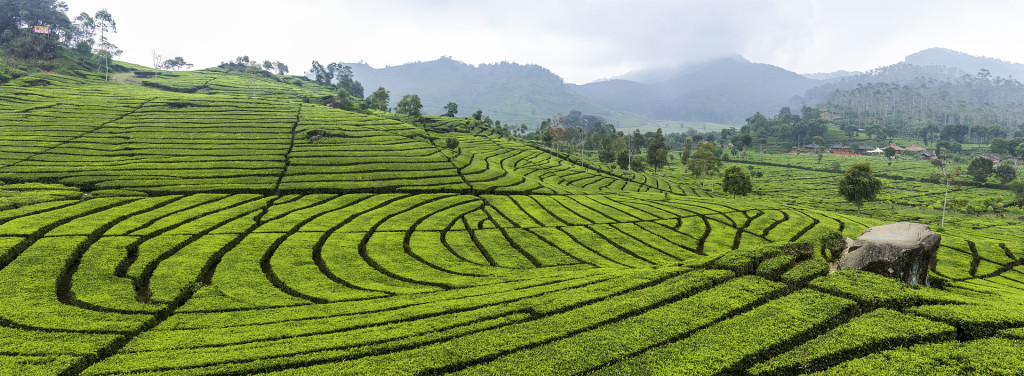
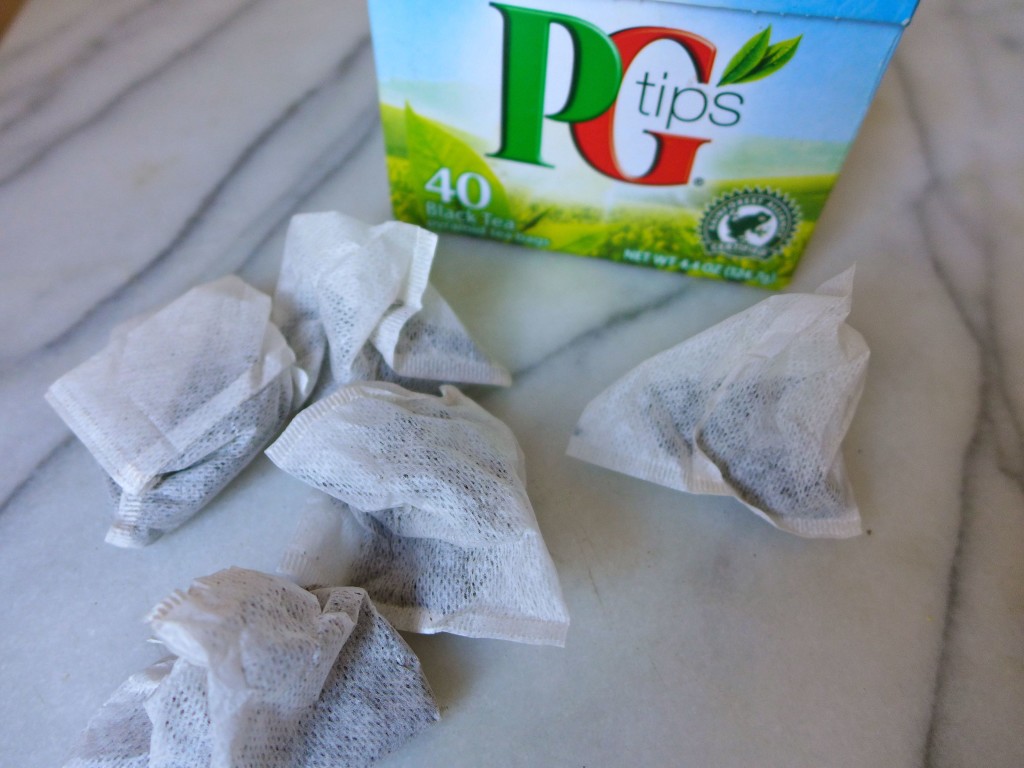

I was just talking about making some tea scented bathroom goodies! great minds think alike 😀
ha! that’s awesome! We’ll have to do a lot of tea tasting when you visit 🙂